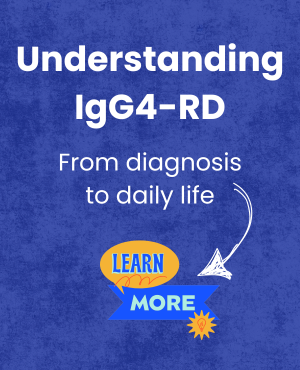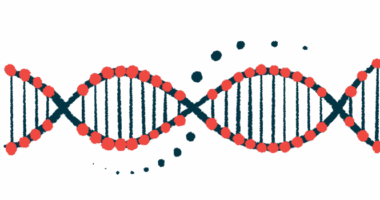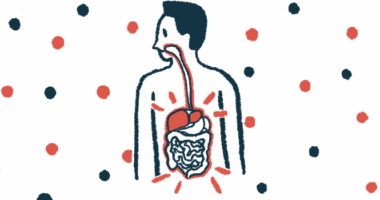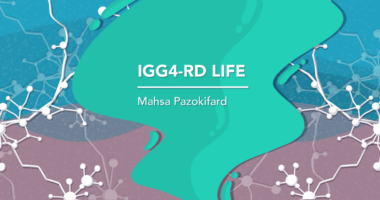Immune cell ratio may predict IgG4-RD relapse risk: Study
Eosinophil-to-lymphocyte ratio tied to risk in long-term study
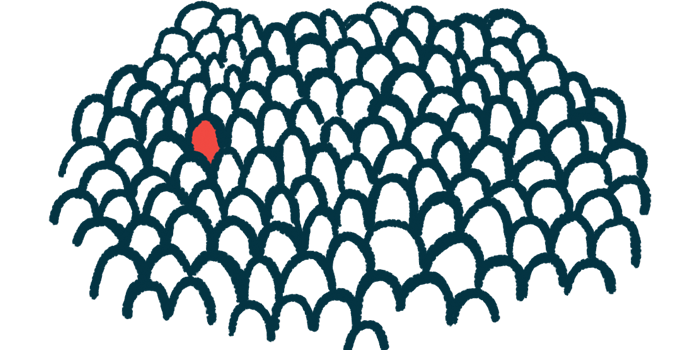
A ratio of different types of immune cells called the eosinophil-to-lymphocyte ratio (ELR) may predict risk of relapse in people with immunoglobulin G4-related disease (IgG4-RD), according to a long-term study.
People with IgG4-RD had higher ELRs than those with other inflammatory diseases, and a higher ELR was associated with higher disease activity, more affected organs, and a higher risk of relapse in IgG4-RD patients.
This indicates that “significantly elevated ELR reflects … immune dysregulation and disease severity in IgG4-RD and serves as an independent predictor of relapse, offering a potential biomarker for personalized management,” wrote the team of researchers in China.
The study, “Elevated eosinophil-to-lymphocyte ratio (ELR) as a predictor of relapse for IgG4-related disease: a retrospective study across a decade,” was published in Clinical and Experimental Medicine.
In IgG4-RD, a rare condition, immune and inflammatory cells infiltrate tissues and form non-cancerous masses or enlargements that can cause inflammation and scarring, ultimately leading to organ damage. This makes early disease diagnosis important, because an earlier start to IgG4-RD treatment can head off permanent damage. However, the type and number of affected tissues or organs influences symptoms, which are mostly non-specific to IgG4-RD, often making the diagnosis a complicated and long process.
Immune dysregulation thought to influence disease
Stable periods of disease remission intersperse with relapses, in which disease activity and symptoms worsen, further complicating the picture. Establishing measurable biological markers of disease activity might help clinicians track disease states in the diagnostic process and beyond.
Although researchers don’t yet know the underlying causes of IgG4-RD, immune dysregulation is known to play a role.
Several studies have pointed to an abnormal type 2 immune response, which involves cells associated with allergic reactions and the fight of parasitic infections. These immune cells include eosinophils, basophils, and certain subtypes of lymphocytes. Previous work from the same team of researchers suggested that high eosinophil counts can predict relapse risk in IgG4-RD.
Based on the potential involvement of these immune cells in IgG4-RD, the team evaluated whether certain immune cell ratios could be used as biomarkers of IgG4-RD.
They analyzed data from 541 adults with IgG4-RD who hadn’t previously received treatment and who enrolled in an observational clinical trial (NCT01670695) at Peking Union Medical College Hospital in China.
IgG4-RD patients’ median age was 54, 60.6% were men, and they had been living with the disease for a median of one year. Nearly half had a history of allergies.
For comparison, the study included 60 untreated people each with other inflammatory diseases: systemic lupus erythematosus (the most common form of lupus), rheumatoid arthritis, and primary Sjögren’s disease.
Based on results from a complete blood cell test, a fast and cost-effective blood testing tool, the researchers found that participants with IgG4-RD had significantly higher ELR and basophil-to-lymphocyte ratio (BLR) than those in the other disease groups.
Counts of eosinophils and basophils were each significantly higher in the IgG4-RD group, which further supported an “abnormally activated type 2 immune response in IgG4-RD patients,” the researchers wrote.
Further analyses showed that both ELR and BLR were significantly associated with several inflammatory markers and clinical features in people with IgG4-RD. For example, higher ELR or BLR was linked to higher disease activity levels and a higher number of affected organs.
Higher ELR and BLR were also associated with low levels of two immune proteins called C3 and C4, which indicate activation of an immune pathway called the classical complement cascade.
Grouping patients to understand data
To better understand these relationships, the team used machine learning to statistically divide participants into subgroups. Machine learning is a form of artificial intelligence that uses algorithms to analyze data, learn from its analyses, and then make a prediction about something.
The researchers identified three clusters. One group had high ELR and BLR but low C3 and C4 (29.5%), another had low ELR and BLR but high C3 and C4 (21.4%), and the remaining group had ELR, BLR, C3, and C4 levels falling between those of the other two groups (49.1%).
Disease characteristics differed among the three groups, with patients in the group with high ELR and BLR but low C3 and C4 showing the highest markers of type 2 immune response, highest disease activity, and more organ involvement.
Data from long-term follow-up showed that these patients “had the highest relapse rate under similar initial treatment strategies,” the team wrote.
This indicated that ELR and BLR may be markers of high relapse risk, although ELR was found to be the best immune cell ratio at predicting relapse in IgG4-RD. Participants with ELR values of 0.1103 or higher had over twice the relapse rates as the group with lower ELR values.
“These findings suggested that high-ELR … might serve as a marker for predicting relapse in IgG4-RD patients,” the researchers wrote. “Overall, ELR not only differed in the clinical [profile] of IgG4-RD patients but also could serve as a risk factor for disease relapse.”
The team said larger studies following patients over time, as well as more detailed clinical data, including genetic analyses, could help assess how valuable ELR is in clinical diagnosis and assessment of IgG4-RD.



